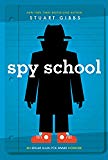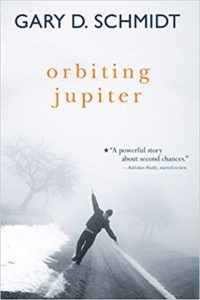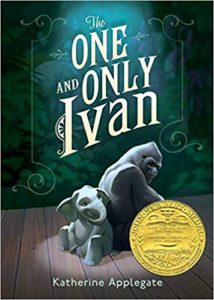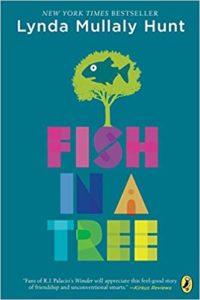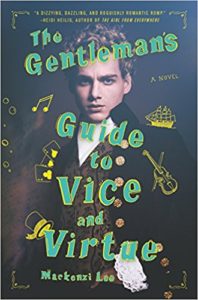
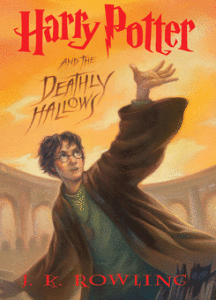
Protagonists can’t start with a complete understanding of themselves or their world, or there would be no story to tell. Most novels include a reveal, where the main character (and the reader) make a discovery. The desire to learn the hidden mystery is often what keeps readers turning pages.
I’ve been thinking about the role the reveal plays in the novel. When discovering the secret the protagonist’s primary goal, he or she is robbed of agency. Another character spills the facts, the protagonist becomes a passive bystander, and the reader is disappointed. However, when discovering the truth is only one step toward achieving the goal, the protagonist can remain in charge of the story.
In plot-related reveals, the protagonist usually gathers bits of data from numerous sources before he or she uses the information to succeed at the bold and exciting plot climax. In character-driven novels, the protagonist often learns a secret on his or her path to self-discovery. The secret is not the end game; it is a single component of the change the character will achieve.
HARRY POTTER AND THE DEATHLY HALLOWS by J.K. Rowling has a great plot-related reveal. Harry, Ron and Hermione have been searching for horcruxes for hundreds of pages. Seven horcruxes must be destroyed before Lord Voldemort can be killed. They learn that Ravenclaw’s most prized possession was the lost diadem and suspect the diadem is one of the horcruxes. Harry questions the Ravenclaw ghost, The Gray Lady, and learns that she once told Voldemort where the diadem was hidden. She doesn’t tell Harry where it is now. Harry pieces together information from the other six books to deduce the location. Before he can recover it, Malfoy, Crabbe and Goyle intervene. Danger and brave deeds ensue. Only Harry is capable of saving the day – and he does. The Gray Lady reveals only a fraction of the necessary information, so Harry can maintain agency.
The reveal in THE DOWNSTAIRS GIRL by Stacey Lee is part of the character arc. Jo Kuan lives a clandestine life. Using the pen name Dear Miss Sweetie, she writes an advice column for genteel Southern women. By challenging societal norms, the column becomes wildly popular. Everyone wants to learn the identity of Dear Miss Sweetie. When Jo uncovers a secret from her own family, she gains the self-confidence to reveal her identity to the man she loves. Jo discovers the family secret through handwriting analysis. Solving the mystery is her own doing, and she doesn’t relinquish an iota of agency to another character.
The protagonist should remain the star of his or her own story. A well-handled reveal doesn’t steal the spotlight.






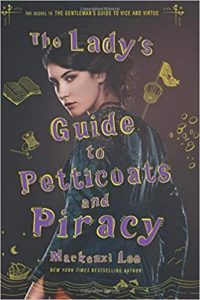 Katherine Tegen Books, 2018
Katherine Tegen Books, 2018